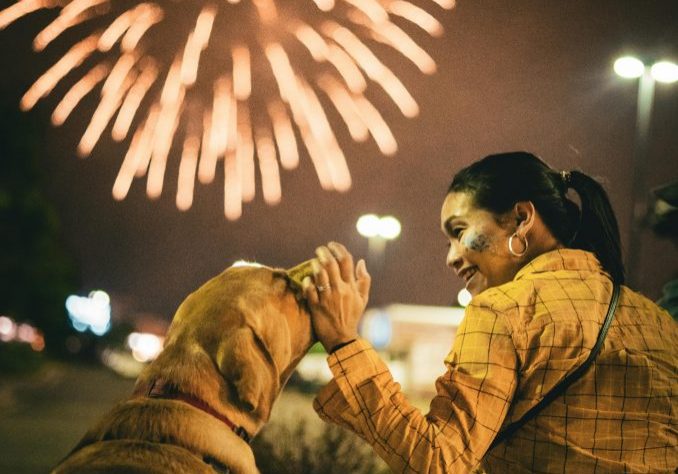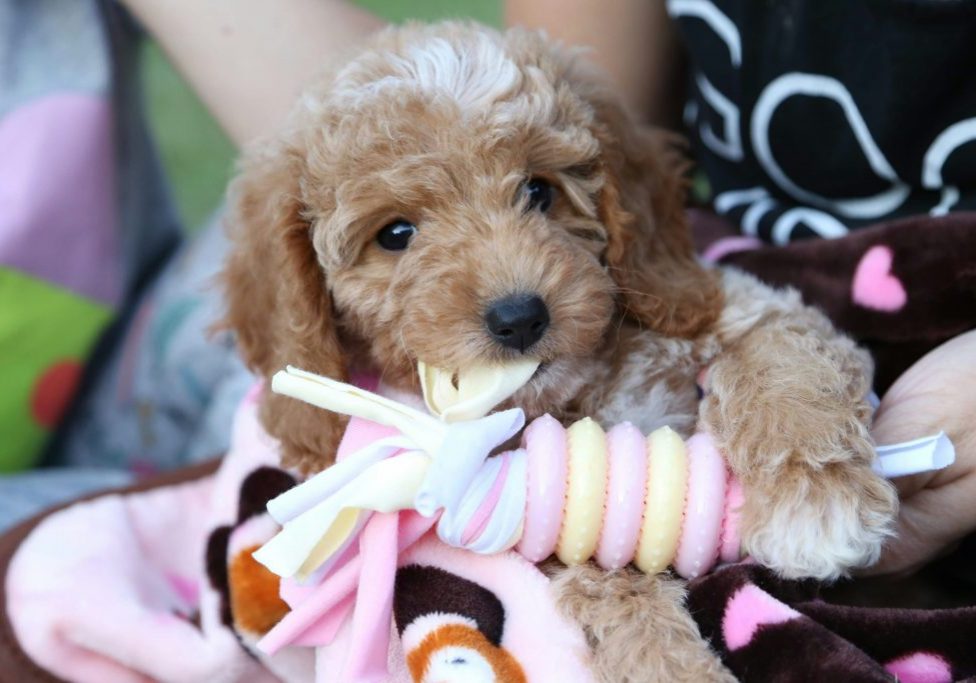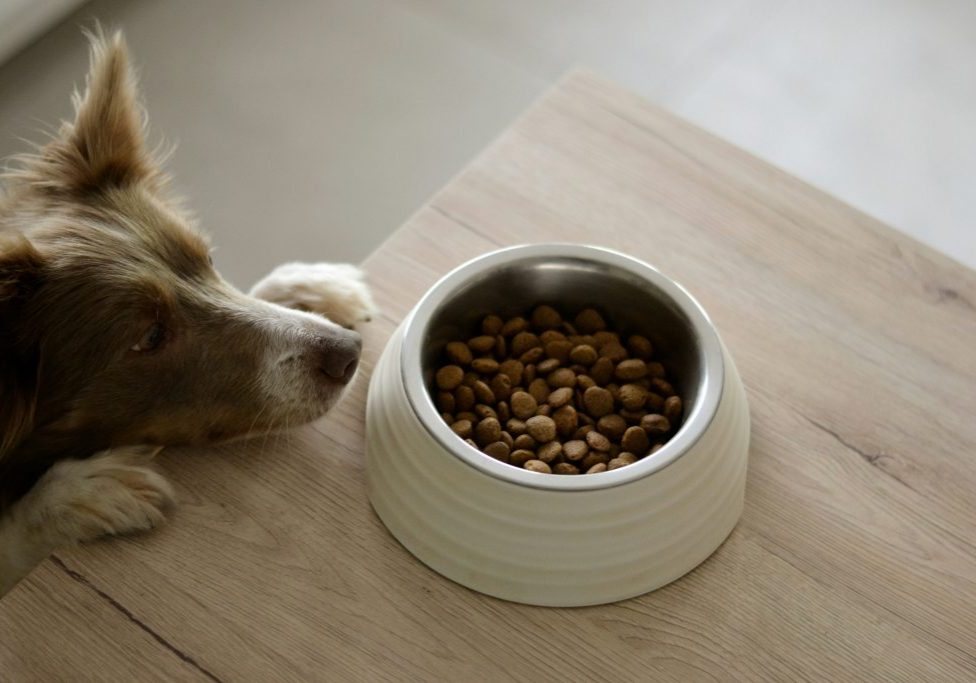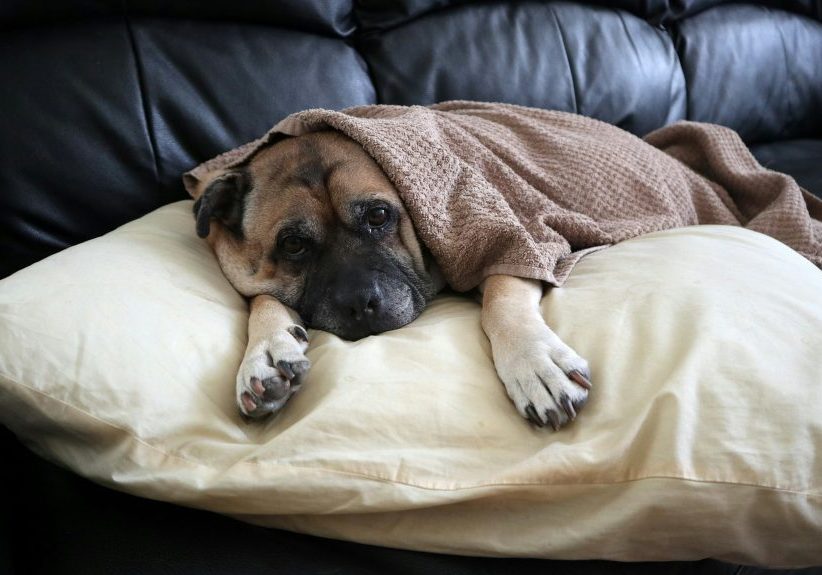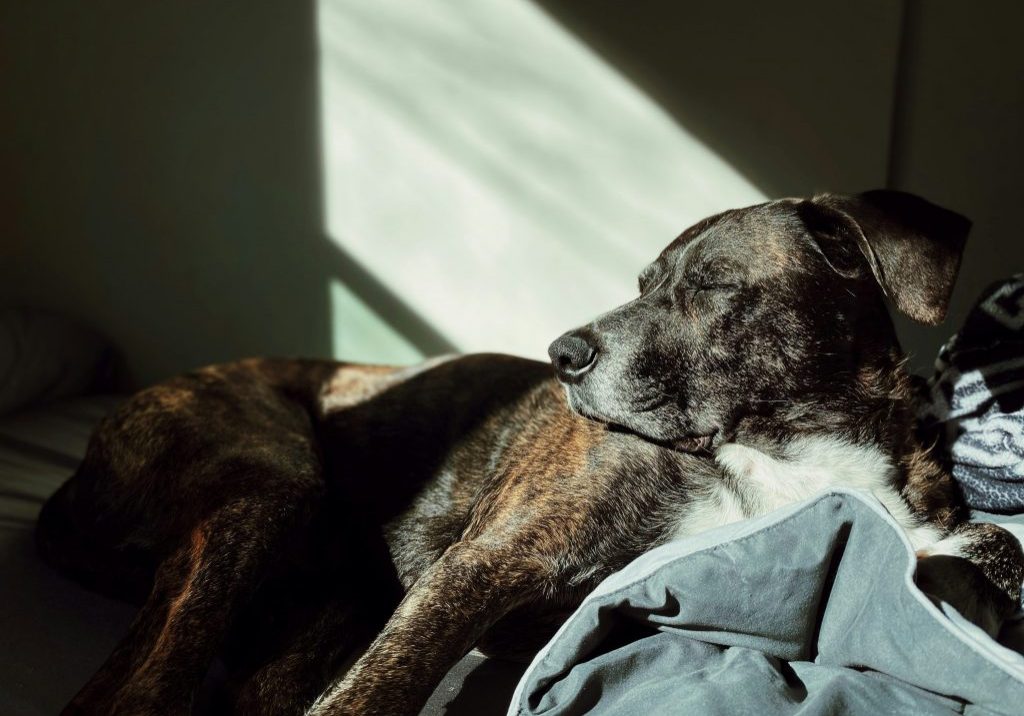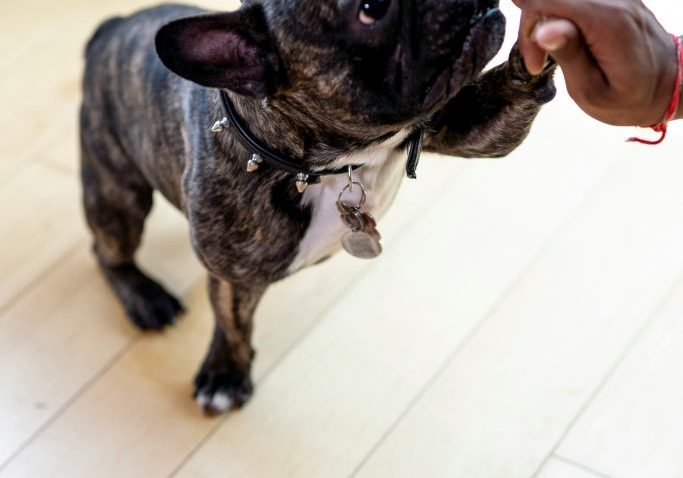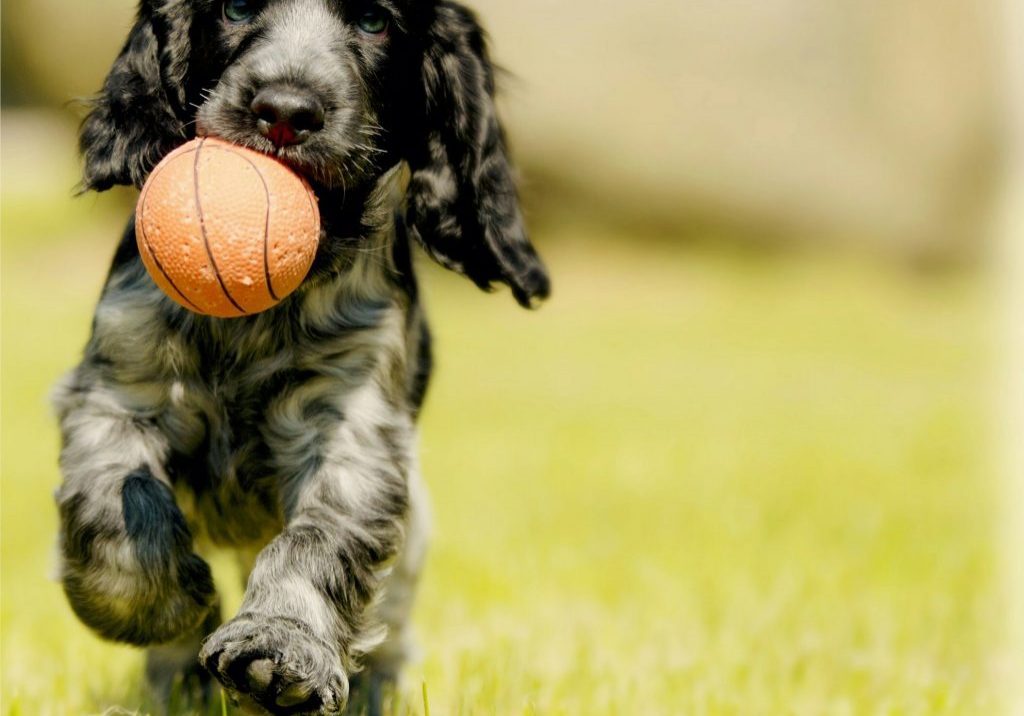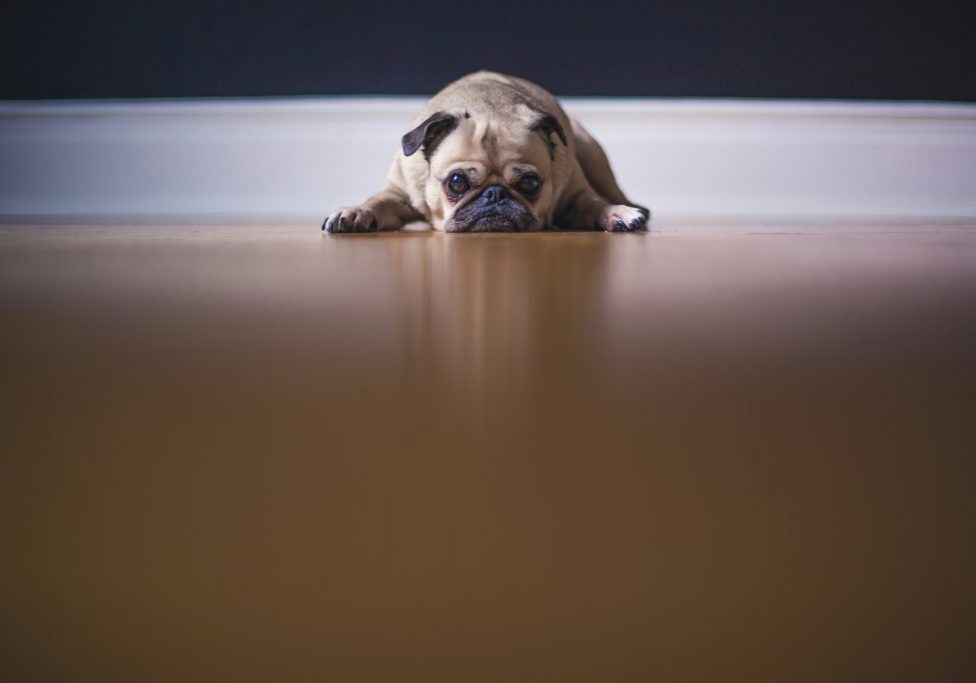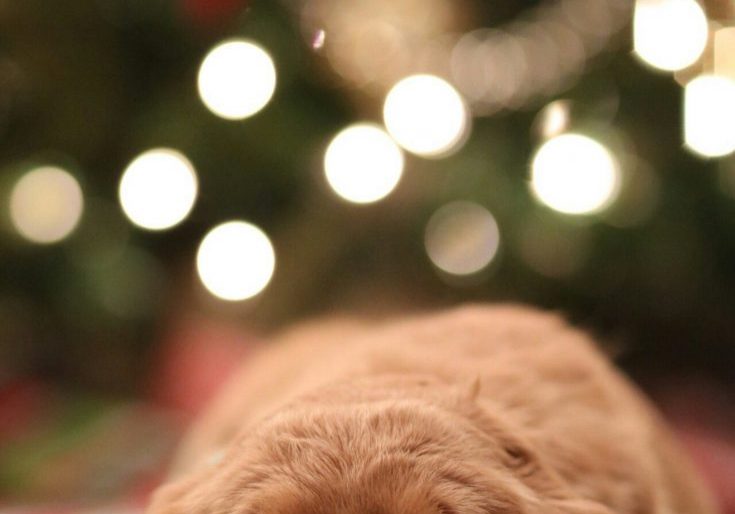Choosing Toys | Our Guide To Pooch Play
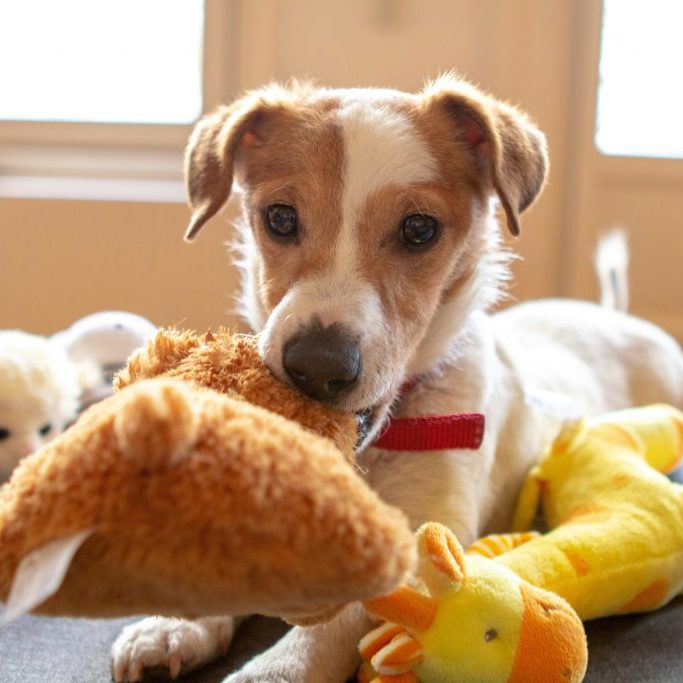
hwllo-sniffer.co.uk/choosing-toys-our-guide-to-pooch-play
December 5, 2024
Sniffer_Admin
Playtime is more than just fun and games for your dog—it’s essential for their mental stimulation, physical health, and emotional wellbeing. But with so many toys on the market, how do you choose the right ones for your furry friend? From squeakers to tug ropes, let’s dive into the wonderful world of dog toys and how to pick the best ones for your pup.
Why Play Matters More Than You Think
Play isn’t just a way to tire your dog out (though it does help). It’s how they explore the world, burn off energy, and bond with you. A good toy doesn’t just entertain—it challenges your dog, encourages healthy behaviours, and keeps boredom (and mischief) at bay.
Ever notice how a bored dog is often a naughty dog? Choosing the right toys can make all the difference between a happy pooch and a chewed-up sofa.
Types of Toys: What’s Out There?
Dog toys come in all shapes, sizes, and textures, each designed with a different purpose in mind. Here’s a quick rundown of the main types:
- Chew Toys: Ideal for teething puppies or dogs who love to gnaw. These can save your shoes from becoming a chew toy substitute.
- Fetch Toys: Think balls and frisbees—perfect for active dogs who love a good chase.
- Tug Toys: Great for interactive play and strengthening your bond with your pup.
- Puzzle Toys: Designed to stimulate your dog’s brain and keep them engaged.
- Comfort Toys: Soft, plush toys that some dogs love to carry around or cuddle with.
The trick? Understanding your dog’s play style and choosing toys that match their preferences.
Choosing Toys Based on Your Dog’s Needs
Just like humans, dogs have their own unique personalities. What excites one dog might bore another. Here’s how to match toys to your dog’s specific traits:
For Puppies: Puppies are teething machines, so go for durable chew toys that soothe sore gums. Look for materials like rubber or nylon that can withstand those razor-sharp teeth.
For High-Energy Dogs: Active breeds like Border Collies or Labradors need toys that burn energy. Fetch toys, tug ropes, or anything that gets them moving will be a hit.
For Couch Potatoes: Some dogs are more laid-back and prefer gentle play. Plush toys or mild puzzle games can keep them entertained without being too overwhelming.
For the Brainiacs: Breeds like German Shepherds or Poodles thrive on mental challenges. Puzzle toys, treat-dispensing gadgets, or interactive games can keep their clever minds busy.
Materials Matter: What to Look For
The durability of a toy depends largely on the materials used. Here are some common options:
- Rubber: Tough, bouncy, and great for chewers. Many rubber toys, like the classic Kong, can be stuffed with treats for added fun.
- Nylon: Excellent for heavy chewers, but always supervise to ensure your dog doesn’t swallow any pieces.
- Plush: Soft and cuddly but not ideal for dogs who like to destroy things. Look for reinforced stitching if your pup tends to rip toys apart.
- Rope: Perfect for tug-of-war but keep an eye out for fraying, which can be a choking hazard.
Pro Tip: Always avoid toys with small parts or weak seams if your dog is a power chewer. Safety first!
How Many Toys Is Too Many?
While it’s tempting to spoil your dog with an overflowing toy basket, dogs can actually get overwhelmed by too many choices. Rotating toys every few weeks keeps things fresh and exciting without turning your living room into a toy shop.
Signs of a Good Toy (and When to Say Goodbye)
A good dog toy is safe, stimulating, and fits your dog’s size and play style. But even the best toys have a shelf life. Watch for these signs it’s time to retire a toy:
- Loose or missing parts
- Fraying, sharp edges, or cracks
- Any pieces your dog could swallow
When in doubt, it’s better to bin it than risk an emergency trip to the vet.
Mixing Play with Training
Toys aren’t just for play—they can double as training tools. Fetch toys can teach recall, puzzle toys can work on patience, and tug ropes can reinforce “drop it” commands. The key is to make the interaction rewarding for your dog.
DIY Dog Toys: Worth the Effort?
Feeling creative? Many dog owners make their own toys using items around the house. Old t-shirts braided into ropes, frozen peanut butter in a muffin tin, or even a simple cardboard box with treats inside can work wonders.
Just remember: always use pet-safe materials and avoid anything that could splinter or break apart.
Keeping Playtime Safe
No matter how much fun your pup is having, safety should always come first. Here are a few quick tips:
- Supervise Play: Especially with new toys, to ensure they’re safe and suitable.
- Choose the Right Size: A toy that’s too small can become a choking hazard.
- Inspect Regularly: Check for wear and tear and replace toys as needed.
Final Thoughts
Toys aren’t just accessories—they’re a key part of your dog’s happiness and health. By choosing wisely and keeping things varied, you can ensure your pup gets the mental and physical stimulation they need.
And let’s be honest—watching them go wild over a new toy is one of the best feelings in the world, isn’t it?
